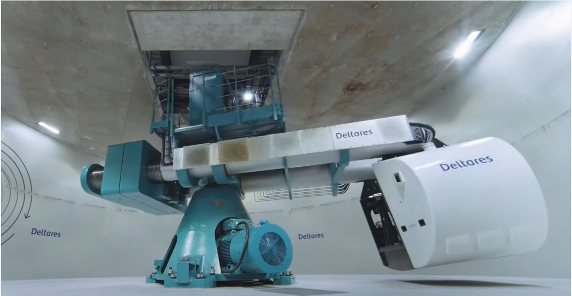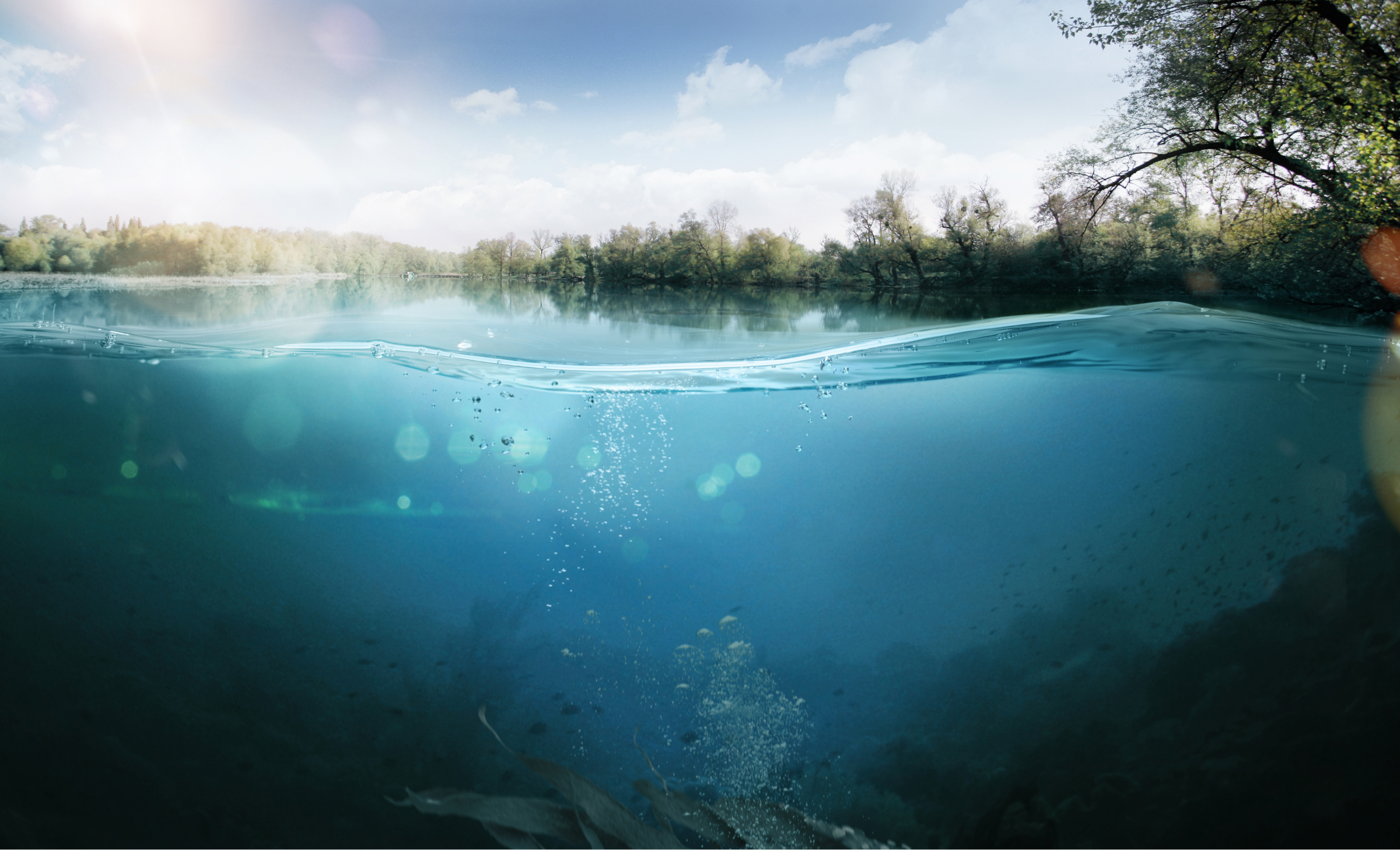Better options for managing Amsterdam quays
A quay wall from the 19th century collapsed alongside the Grimburgwal in Amsterdam in 2020. Deltares conducted a study to investigate the causes. With the recommendations from that study, the city wants to reduce the risks relating to quays and bridges, and extend their lifespan.
The Herengracht, Singel, Keizersgracht and Prinsengracht: Amsterdam is famous for its characteristic and picturesque canals. And so the city has a lot of quays and bridges. Most of them – some 200 kilometres of quay wall and around 850 road bridges – are managed by the city authority.
The city has a management organisation that handles the maintenance of the quays and bridges. ‘For years, maintenance in our city was reactive,’ says Annemarij Kooistra of the City of Amsterdam. ‘There were inspections and we intervened when there were problems with the quays. We had no long-term planning for major maintenance or replacing quays. There were plans for upgrades but they ran into problems with lengthy procedures or environmental factors.’
Subsiding quays
The result was overdue maintenance, with incidents in which quays subsided, and sinkholes at different places in the city. In response, a Bridges and Quays programme was launched in 2018 to tackle the problems in a structural way.
Things went badly wrong again in 2020, when a section of the quay at the corner of Grimburgwal and Oudezijds Voorburgwal, complete with lamppost and all, sank into the water. The University of Amsterdam is the owner of this quay but the city authority came to the rescue and helped the university secure it. ‘We were already in contact with Deltares, TNO and the Amsterdam Institute for Advanced Metropolitan Solutions to develop the programme. We wanted to set up an inspection and monitoring system, and develop an assessment method for the bridges and quays. When the Grimburgwal quay collapsed, we wanted to learn from what had happened. What caused the collapse, and how can we stop this happening again in the future?’

Bed depth
Deltares studied the collapsed quay in detail and shared its recommendations with the City of Amsterdam, which is now using them in its current approach to the maintenance and management of the quays and bridges. ‘The depth of the bed, for example, is an important factor for the stability of the quay and how long it will last. We adjusted the inspections and monitoring accordingly by looking more specifically at bed depth.’
The knowledge Deltares is developing with its partners also allows the city authority to make better decisions about replacing quays. ‘The study showed that if you distribute the load on a quay differently, the quay lasts much longer. We can also make a better assessment of whether to repair certain parts, such as the foundation piles, of a quay or bridge instead of replacing them entirely. And this knowledge gives us a broader range of options, from doing nothing to complete demolition and rebuilding.’
Nature-inclusive
Does climate change still play a role in the management of the quays and bridges? ‘Falling groundwater levels because of climate change lead to subsidence and that can undermine the foundations. But because the foundations of quays and bridges are near canals or watercourses, this factor plays a smaller role. Moreover, the water level in our city water is kept constant, and we are less vulnerable.’ However, the city does take climate change into consideration in the replacement programme involving the construction of new quays. ‘We are making those quays nature-inclusive by allowing ferns to grow near the bridges and creating cavities where animals can shelter. That is good for biodiversity and helps to make our city climate-adaptive. Trees alongside the quays also play an important role here because they keep the city cooler.’

Annemarij Kooistra
Programme manager in the City of Amsterdam’s Engineering department
Annemarij Kooistra
Annemarij Kooistra works as a programme manager in the City of Amsterdam’s Engineering department, and she is responsible for developing transitions in asset management for bridges and quay walls. She has led the development of circular strategies for value-based decisions relating to measures for the safe and future-resilient use of bridges and quay walls, and research and innovation to extend the life of these structures.

International
A lot of work will have to be done and it will take years. Amsterdam has therefore been working with the other three large Dutch cities of Utrecht, Rotterdam and The Hague in recent years. ‘We exchange knowledge with each other.’ This work is also being done in the Inner City Quay Walls Platform and the Bridges Platform. In addition, a City Deal for the renovation of historic inner cities is starting up, with the parties looking at new working methods and standards for the management of quays and bridges. ‘There are also international contacts, for example with Belgian cities.’


